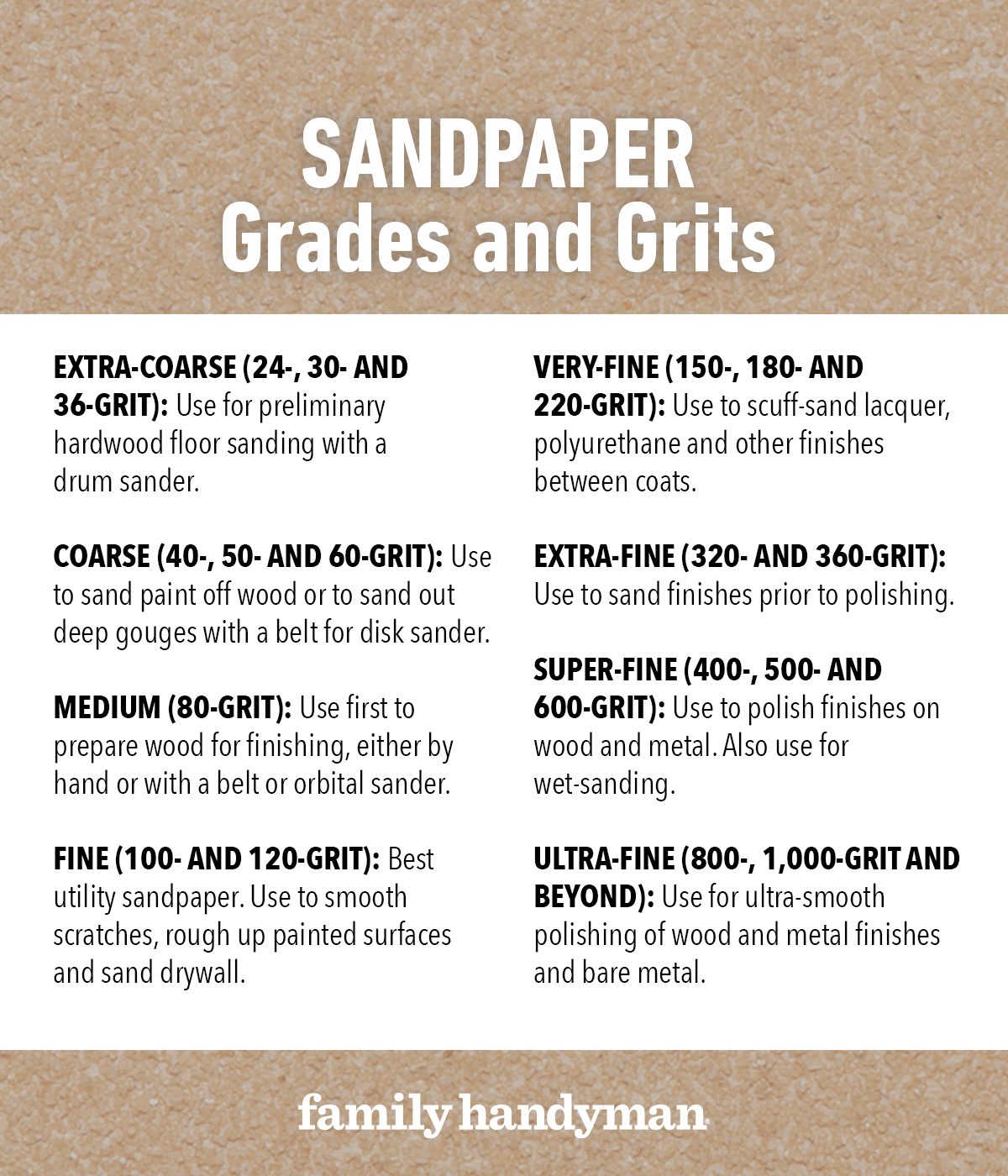Sandpaper Grit: Unleash the Power of Versatility in Your Home Improvement Projects
Table of Contents
Introduction: A Must-Have Tool for Every Project
Sandpaper is an indispensable tool for any home improvement project. Whether you’re a woodworker, a painter, a refinisher, or even a plumber, sandpaper plays a crucial role in achieving smooth and polished results. It’s not just limited to specific trades – even when working on drywall or cleaning old grout, sandpaper becomes your reliable companion. The versatility of this tool extends even further, as you can use it to sharpen tools or shape your nails in a pinch!
Understanding Sandpaper Variations
When it comes to sandpaper, there are various forms available, each designed for specific purposes. These variations include the type of abrasive material used, the backing material, and the format (whether it’s a sheet, belt, or disk) that suits different sanding machines.
Among these variables, one of the most critical factors to consider is the grit of the sandpaper. Grit refers to the coarseness of the sandpaper, determined by the size of the abrasive particles on its surface.
What Is Sandpaper Grit?
Sandpaper grit is measured based on the coarseness of the abrasive particles. A coarse grit will remove material quickly but may leave deep scratches. Woodworkers, flooring installers, and furniture refinishers often progress through finer grits to eliminate these scratches, a process commonly known as “going through the grits.”
The grit standards for sandpaper are regulated by the Coated Abrasive Manufacturers Institute (CAMI) and the Federation of European Producers of Abrasives (FEPA). These standards refer to the size and number of holes in the screens that filter the abrasive particles.
Categorizing Grits Into Grades
To simplify the selection process for consumers, sandpaper grit numbers increase by standard intervals. The higher the number, the finer the grit. Coarse grits, such as 24, 30, and 36, remove material quickly, while fine grits, like 600, 800, and 1,000, yield smoother results.
Manufacturers have established grades for sandpaper, consisting of one or more grit numbers. These grades help consumers determine the appropriate type of sandpaper for their specific needs. The coarsest grade, known as extra-coarse, includes grit numbers 24, 30, and 36. On the other hand, the finest grade, ultra-fine, encompasses grit numbers 800 and 1,000.
Choosing the Right Grade for Your Project
Selecting the correct grade of sandpaper is essential for achieving the best results. Using sandpaper that is too coarse can leave your surface scratched and damaged, while using one that is too fine may not effectively do the job at hand. Extra-coarse and ultra-fine grades are typically reserved for rough sanding and polishing purposes. For most projects around the house, a medium or fine grade will suit your needs perfectly.

Sandpaper Grades and Grit Types
Sandpaper can be found in various grades, specifically designed for different applications. Here are the commonly used grades and grit types available at hardware stores:
- Extra-coarse (24, 30, and 36-grit): Primarily used for preliminary hardwood floor sanding. Available in belts for drum sanders or disks for edgers.
- Coarse (40, 50, and 60-grit): Ideal for removing a substantial amount of material quickly, like sanding paint off wood or eliminating deep gouges. Available in sheets, belts, and disks.
- Medium (80-grit): Often the first grade chosen when preparing wood for finishing. Suitable for hand sanding, belt sanding, or orbital sanding. Also effective for removing rust and corrosion from metal surfaces.
- Fine (100 and 120-grit): The go-to grade for everyday sanding needs. Fine grades smooth out scratches left by coarser grits and prepare painted surfaces for new paint. Also suitable for sanding drywall.
- Very-fine (150, 180, and 220-grit): Creates ultra-smooth surfaces on wood. Often used for scuff-sanding lacquer, polyurethane, and other finishes before applying another coat.
- Extra-fine (320 and 360-grit): The first level of micro-abrasives, typically used for sanding finishes before polishing.
- Super-fine (400, 500, and 600-grit): Ideal for polishing finishes on wood and metal surfaces, as well as bare metal. Comes in waterproof sheets for wet-sanding purposes.
- Ultra-fine (800, 1,000-grit and beyond): This grade provides the ultimate level of smoothness for polishing wood and metal finishes, as well as bare metal surfaces.
Conclusion: Achieve Perfection with the Right Grit
Sandpaper is a versatile tool that plays a crucial role in various home improvement projects. With its wide range of grits and grades, you can achieve the perfect balance between removing imperfections and obtaining smooth, polished surfaces. Next time you embark on a project, remember to select the right sandpaper grade for optimal results.
To explore high-quality sandpaper options and discover more helpful tools for your projects, visit Quill And Fox. Get ready to take your home improvement skills to new heights!
Note: The information in this article has been summarized and rephrased for easy understanding. Source: Family Handyman.
